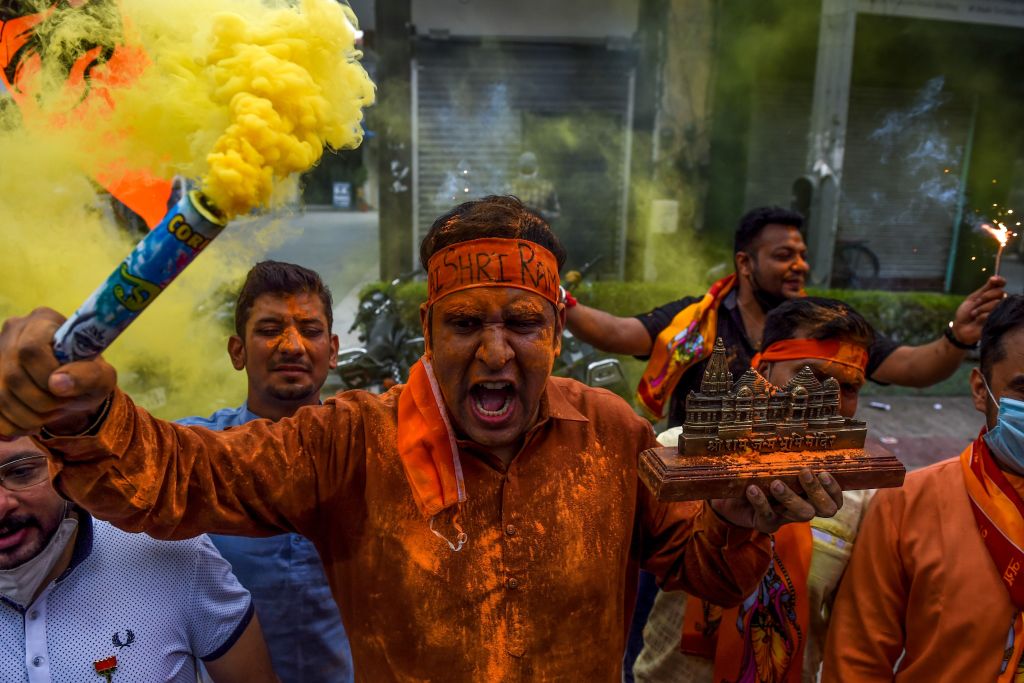
By: AswathyP
INDIAN prime minister Narendra Modi on Wednesday (5) started the construction for a Hindu temple on a site in northern India where a 16th century mosque was demolished by supporters of his Hindu nationalist party in 1992.
The events in Ayodhya sparked communal riots in several parts of India. About 2,000 people, mostly Muslims, were killed.
WHAT WAS THE DISPUTE ABOUT?
The Hindu epic scripture Ramayana mentions Ayodhya, a town in Uttar Pradesh state nearly 700 km (435 miles) east of New Delhi, as the birthplace of Ram, a god-king believed by Hindus to be a physical incarnation of Lord Vishnu, one of the principal deities of Hinduism. A mosque had been constructed there in 1528, during the rule of Babur, India’s first Mughal emperor. Many Hindus believe it was built on the spot where Ram was born, and there is some evidence that a temple had once stood there.
In December 1949, Hindu activists placed idols of Ram inside the disputed structure, leading to the mosque’s seizure by authorities. Court orders restrained people from removing the idols, and the structure’s use as a mosque effectively ceased from that point.
Hindu and Muslim groups filed separate claims over the site and the structure. In 1989, a high court ordered the maintenance of the status quo.
MOSQUE RAZED
Hindu and Muslim groups tried unsuccessfully to resolve the dispute through negotiations.
Then in 1990, the Hindu nationalist Bharatiya Janata Party launched a nationwide campaign to build a temple in Ayodhya with its then president Lal Krishna Advani embarking on a cross-country journey on a truck designed like a chariot.
It whipped up Hindu fervour across the country, deepened divisions with Muslims but also catapulted the BJP into national prominence.
On Dec.6, 1992, the BJP campaign for Hindu awakening climaxed in a rally in Ayodhya, when a mob, cheered on by BJP leaders, climbed the mosque and started smashing the domes with axes and hammers. Within a short time, the entire structure was razed to the ground, triggering riots across India soon after.
Modi was a foot soldier in the party at the time, helping organise Advani’s chariot journey through his home state of Gujarat. In 2014 he became prime minister as his Hindu nationalist party vowed to transform India into a military and economic power. Last year, Modi was re-elected with the biggest parliamentary majority in three decades.
